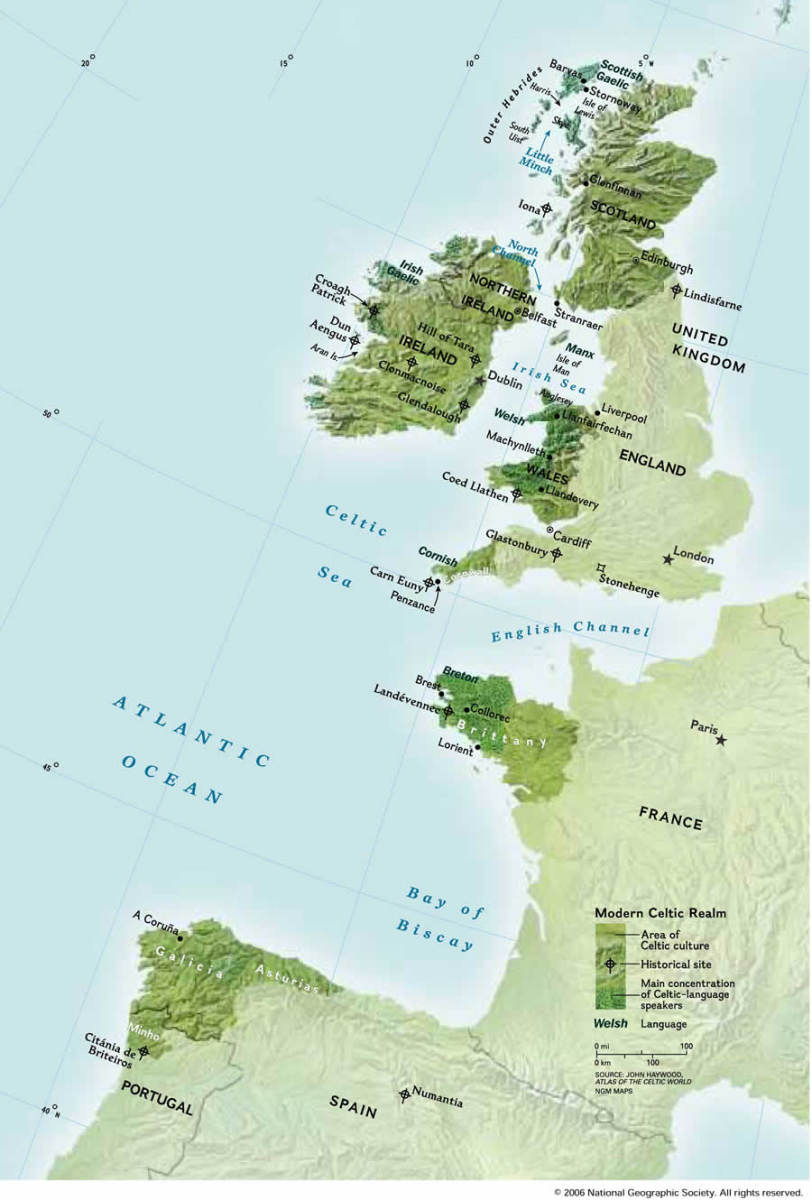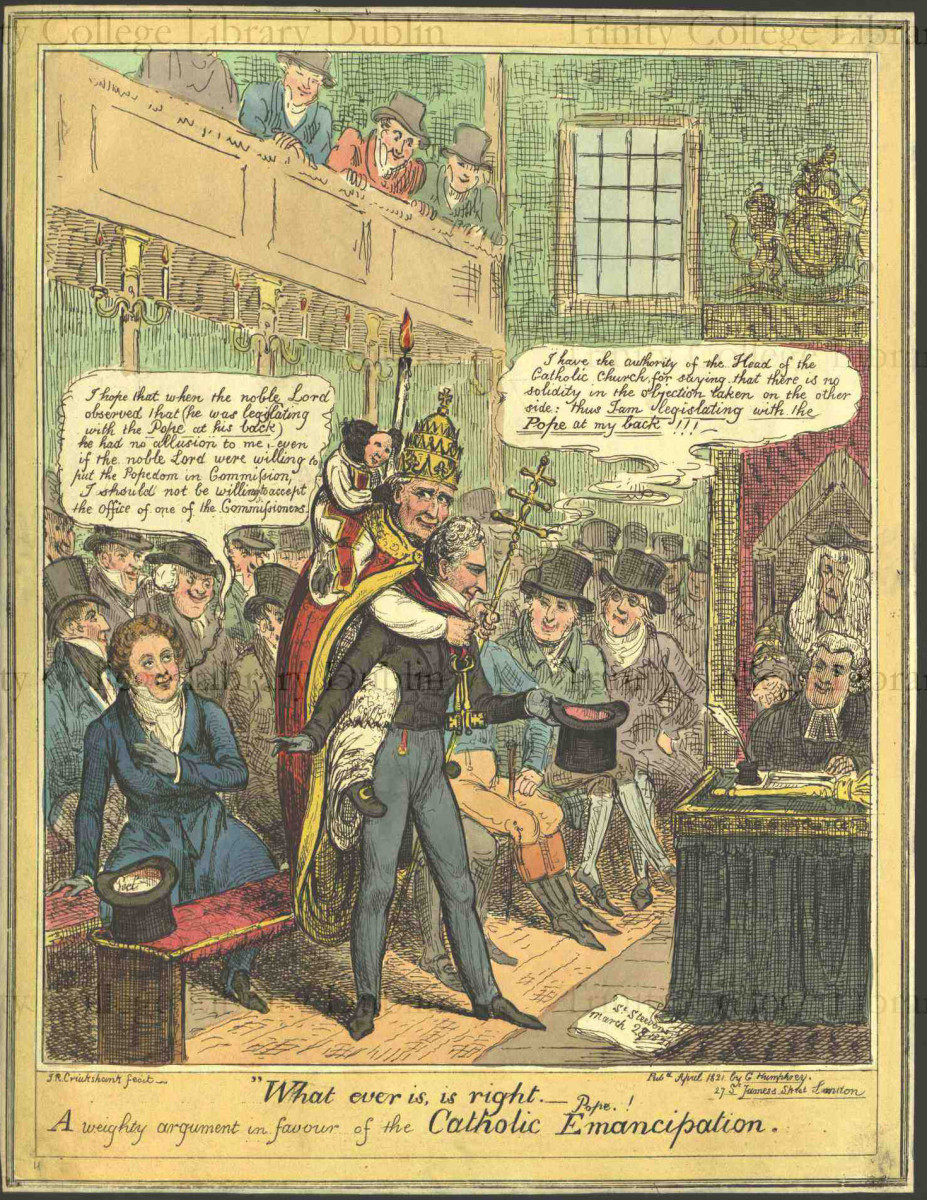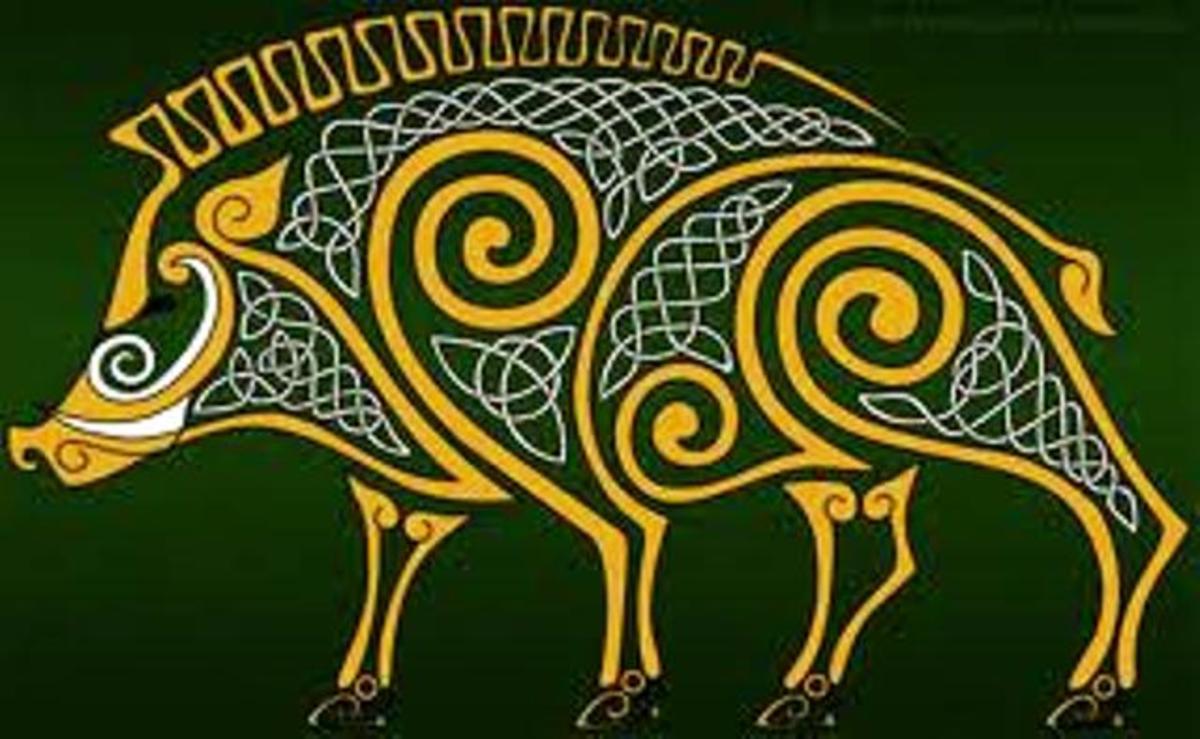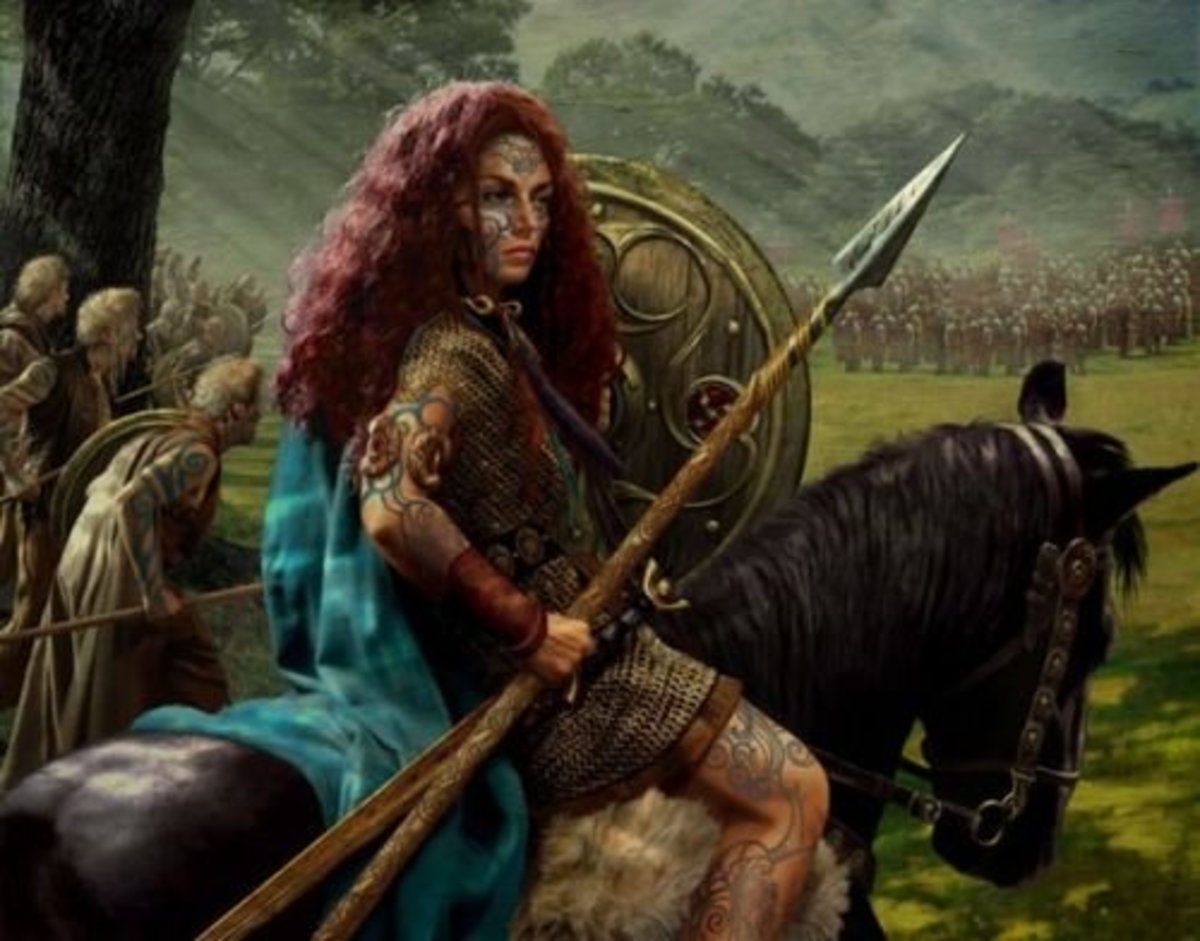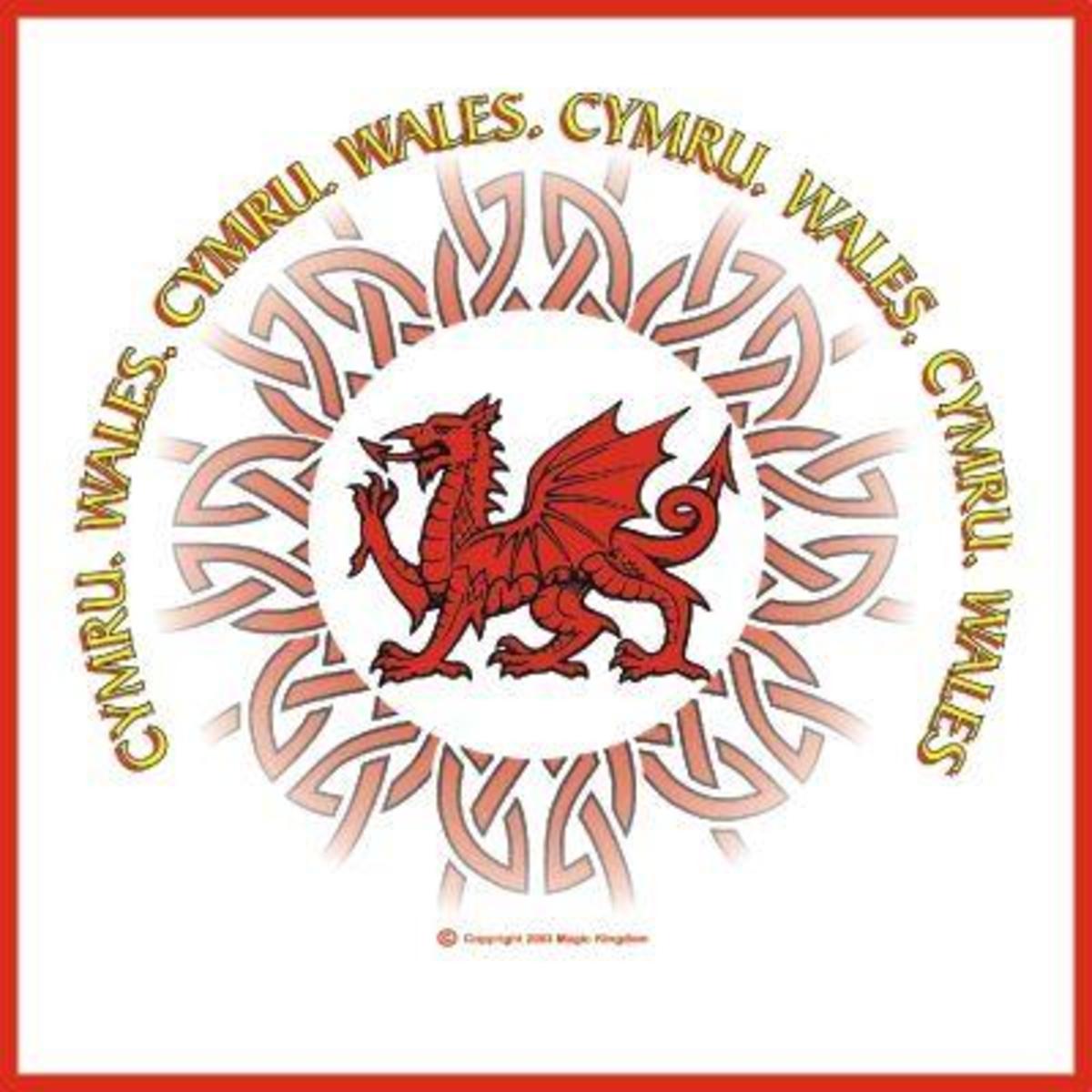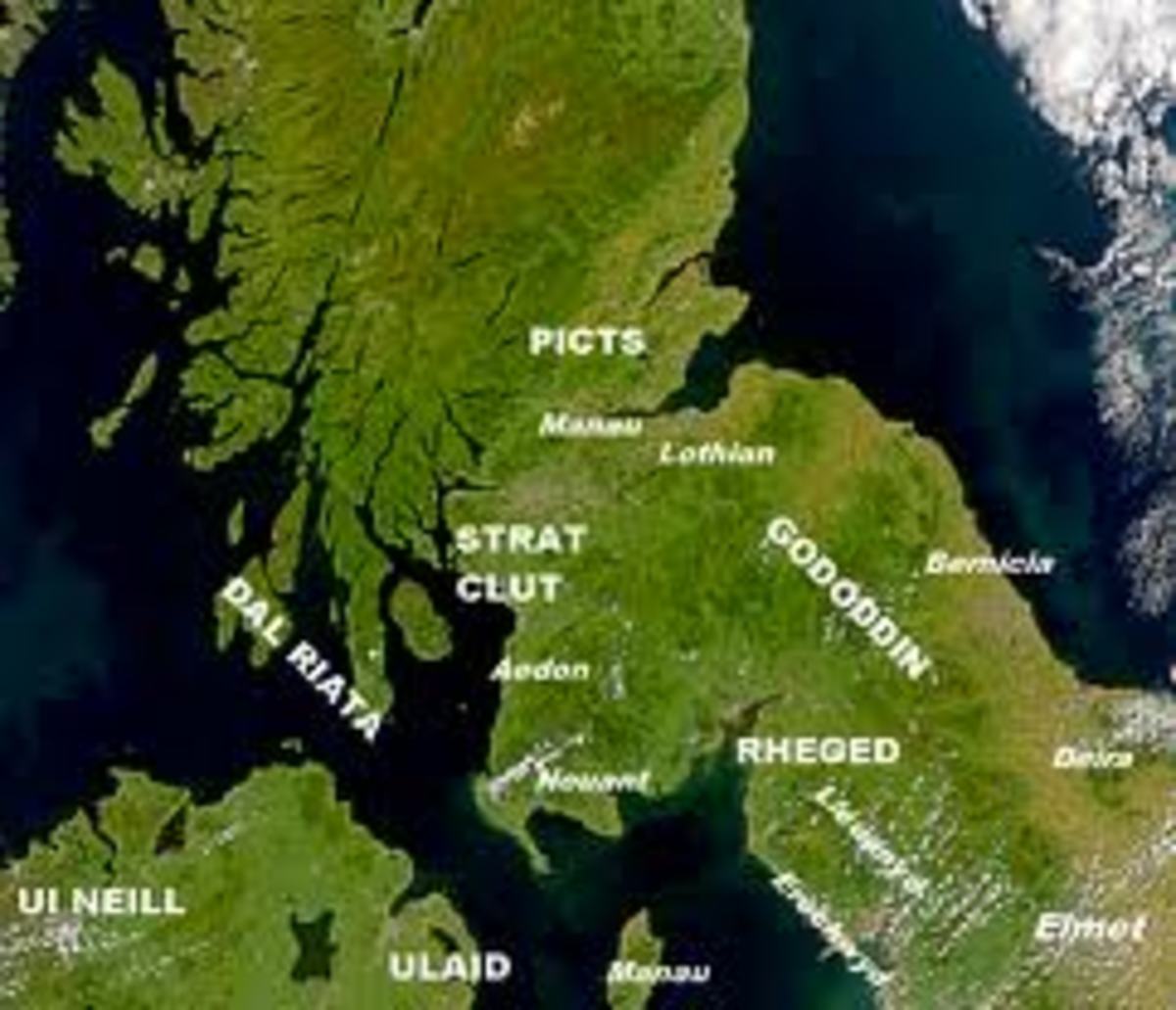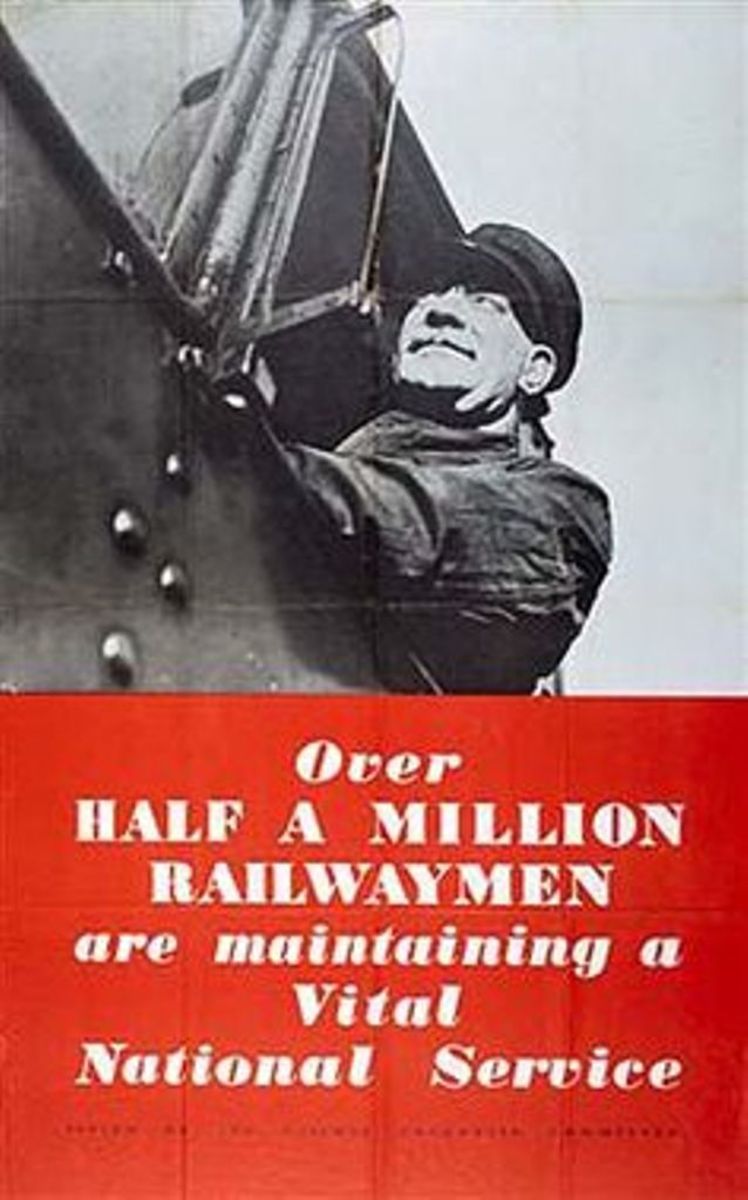- HubPages»
- Education and Science»
- History & Archaeology»
- History of Europe
Just Who are the Cornish? English, or not?
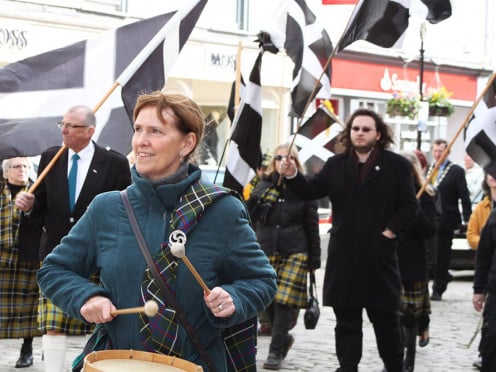
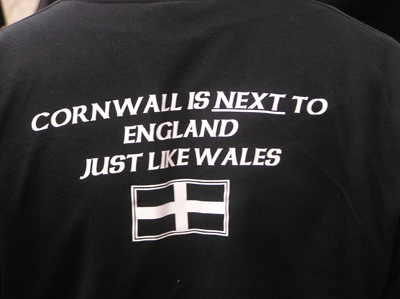
Recently, I unknowingly started a huge controversy on Facebook when an article I wrote and posted located Cornwall in England. Well, what a firestorm that created. Many native Cornish took offense and felt I had insulted them by writing that.
In my naivete, I never knew that some Cornish harbor a great dislike towards England and even today see the English government as an oppressor. They assert they are British but not English and they claim they are not part of England but of Britain.
They say there has never been a referendum for the Cornish to choose to be part of England. Of course, my point is they have never had a referendum to vote for independence either.
But, as I learned, their arguments for being a separate, independent nation of their own are more traditional, cultural, and linguistic.
Now, I will admit my interest and knowledge of Cornwall I have learned partly from the PBS show Doc Martin. This British show is filmed at Port Issac a beautiful and picturesque western seaside village in Cornwall. I enjoy the quirky, comical, and interesting characters of Port Wenn ( the town is renamed for the TV show).
The Cornish coastline has a rugged, rocky beauty to it which I have always wanted to visit and to see all of Cornwall.
My other source of interest and knowledge of Cornwall is again the current PBS Masterpiece production of Poldark. I have read all twelve Poldark novels, written by Winston Graham which I highly recommend. He gives quite a spectacular view of the rugged life in Cornwall during the 18th and early 19th century. And, the PBS show is quite well adapted and follows the novels well.
Also, Daphne du Maurier's novel, Jamaica Inn, also takes place in Cornwall in the 18th century. It is a thriller novel of piracy and smuggling on the Cornish coast, something well known in the history of Cornwall.
Needless to say, I decided I needed to research Cornwall and the Cornish people, especially since they have such a strong and passionate Celtic history, and to add this to my other articles about the Celts.
So here goes.
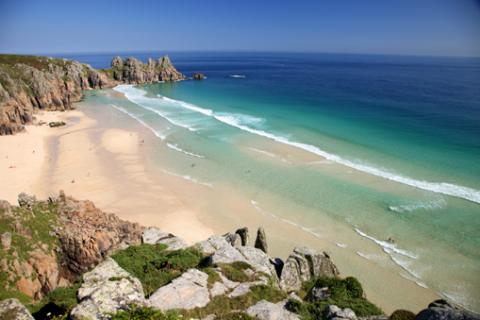
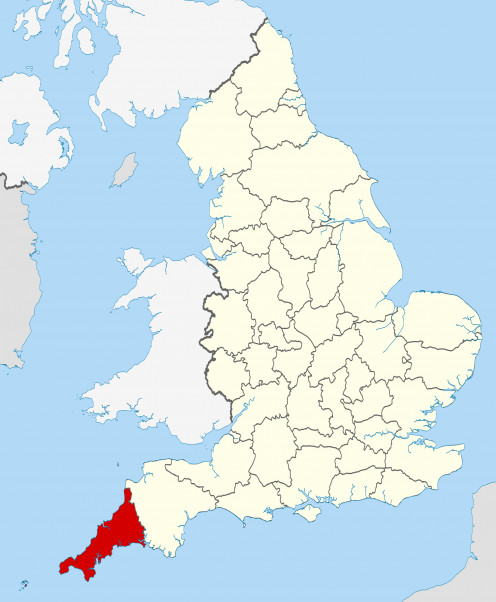
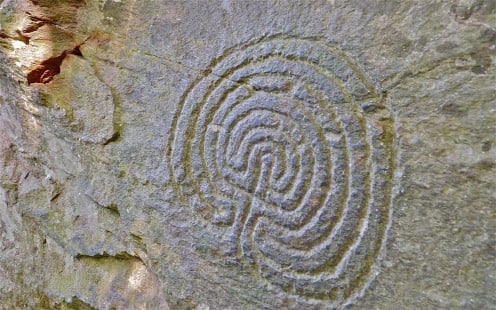
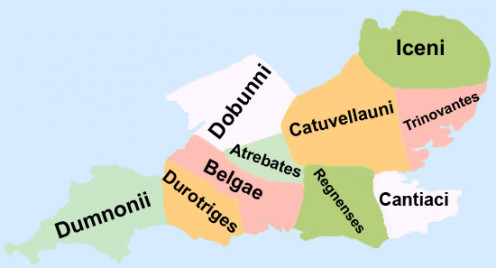
Celtic Cornwall
The Ancient Celts of Kernow
First, Cornwall is known by its Celtic name, Kernow and the Cornish language is known as Kernowek. The Cornish people are known as Kernowyon.
The Cornish (Kernowyon) are an ethic group of people associated with Cornwall. It is located in south-western Great Britain, and Cornwall is administered as part of England.
Cornwall represents an ethnic group with in the UK which can trace its roots to other ancient Britions who inhabited south and central Great Britain before the Roman conquest in 43 AD
Some in Cornwall continue to assert they are a distinct identity, separately or in addition to British identities.
Cornwall is the smallest of six modern Celtic nations.
These three are known as the Goidelic Celts as each speaks a form of Gaelic.
- Irish
- Manx
- Scots
These three are known as the Brythonic Celts and each speaks a form of the Brythonnic language.
- Welsh
- Bretons
- Cornish
Both Celtic languages belong to the Indo-European language group and of the Insular Celtic sub-group of languages. The Gaelic languages come from the Q-celtic group and the Brythonic languages are from the P-celtic group.
The ancient Celts began to invade Britain in the first millennium BC and the height of their culture was during the late Bronze and Iron Age. At the time of the Roman conquest of Britannia in 43 AD Britain was Brittonic or British speaking
The Romans settled mainly in southeast Britain, stopping at Exeter and leaving Cornwall more or less untouched.
The Dummnovii and Cornovii are the two Celtic tribes who inhabited Kernow or what today is known as Cornwall. The named Cornwall and Cornish are derived from the Celtic Cornovii tribe.
By the 5th and 6th century, the migration of the Saxons caused large groups of Brythonic Celts to migrate to Europe, calling their new home Brittany (France).Their language at the time of migration was exactly the same as Cornish and Welsh.
The remaining British Celts, also called Britons, occupied western Britain from Cornwall and Dover. Their settlements also extended to Wales.
Approximately two centuries later, the Celts were defeated by the English at the Battle of Winwald Field in 655 AD. This was the last time the Britons or Celts seriously contended with the English for supremacy in Britain.
At this time, the Celts split into several groups and separated from one another. The Celts driven into the mountainous western peninsula became Welsh and their country Wales, or what it was known by at that time, Cymru.
The Celtic groups of south-west Britain, the Celts of Devon and Cornwall, united to form the kingdom of Dumnonia but the eastern border was weak and the Saxons began to move into Devon.
Within a few years Dumnonia fell and the Celts were confined to the kingdom of Kernow which the English called Cornwall. The geographical separation of the Briton Celts caused differentiation in their languages and thus came about the Welsh and Cornish languages, and these two languages are similar but at the same time also distinctly different.
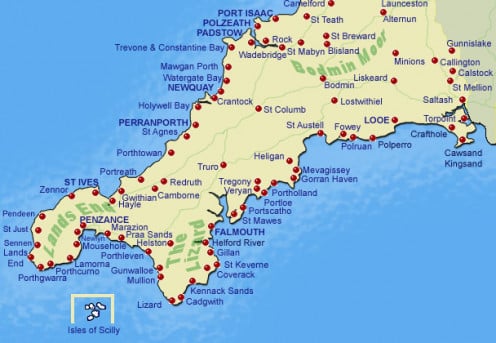
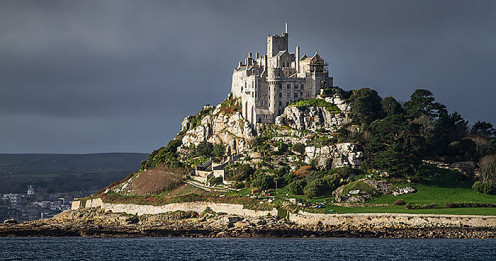
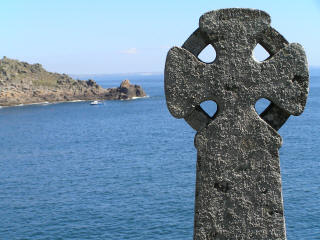
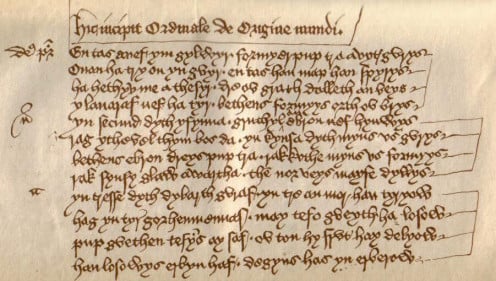
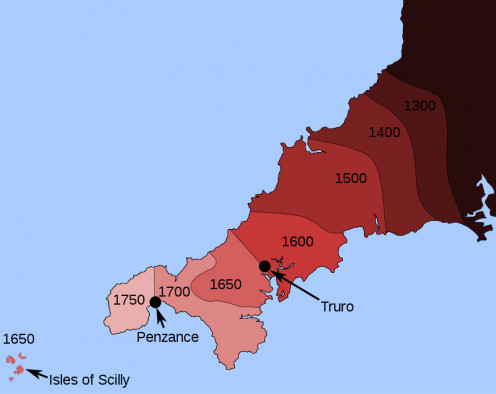
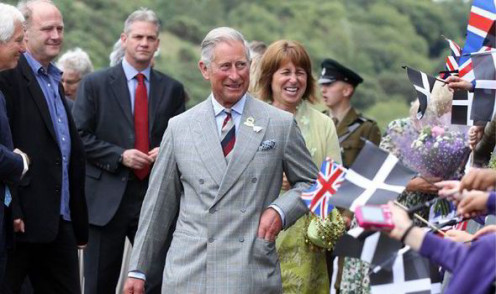
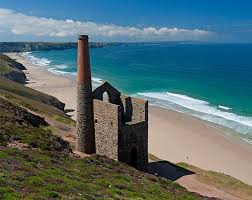
Medieval and Modern Kernow periods
Five hundred years ago, throughout medieval and early modern periods in the history of Cornwall, the people of Cornwall were generally agreed, both by themselves and by their English neighbors, to be a distinctive people or "race."
Physical isolation provides the key to Cornish history. Cornwall is a rocky peninsula jutting some ninety miles into the Atlantic Ocean and is located on the extreme south-west corner of the British Isles. It is also severed from the adjoining English lands to the east by the Tamar River which runs almost from sea to sea.
An independent British polity was established in Cornwall following the collapse of Roman rule in Britain. They defended themselves against Saxon migration for approximately one hundred years. Not until 838 AD were the western Britons finally subdued. But, for many centuries after this, Cornwall retained many of the marks of a separate country.
King Athelstan of England in 936 AD determined the Tamar River to be the formal boundary between the western Saxons and the Cornish. Today, the Cornish still honor this cultural boundary.
Cornwall became one of the last retreats of the Britons encouraging a development of a distinct Cornish identity.
With the Norman invasion of England in 1066 AD much of the lands owned by the Anglo-Saxons were transferred to the Norman nobles and royalty. The same happened with Cornish lands. They also were transferred into the hands of the Normans and many of the Cornish place names were changed.
Some time during the 10th century Cornwall was definitely incorporated into the Kingdom of England. Today, the Cornish say that that incorporation was done without their permission or acknowledgement and do not consider themselves English, but Cornish.
Technically, medieval Cornwall was an English county just like any other English county, but the culture of Cornish people remained entirely different from that of their English neighbors.
And, the people still spoke Cornish a Brythonic language closely allied with Welsh. The Cornish prided themselves, as they do today, on being descended from Briton ancestors rather than Saxon ones.
As late as the mid-16th century, the Cornish still possessed their own styles of dress, their own folklore, their own naming customs, their own agricultural practices and their own games and pastimes.
In addition, the English Crown established two specific administrative institutions in Cornwall:
- The Duchy of Cornwall
- The Stannary organization which oversaw the local tin mining industry.
This made it easy for ordinary Cornish people to believe they had been granted a unique constitutional status to reflect their unique cultural identity.
Throughout the early modern period in Britain, many Cornish people continued to regard Cornwall not as an English county, but as a British country called Kernow. Even foreign observers and visitors saw things in very much the same way.
However, between 1485 (the Tudor Dynasty) and 1700, the Cornish were gradually absorbed into the mainstream of English life. During the Tudor period, Cornwall was commonly regarded as almost a separate country and the Cornish were commonly regarded as a separate ethnic group.
By 1700, however, no one accepted that the Cornish were a separate ethnic group and saw them as a part of England and therefore, English. By this time, the Cornish had been fully assimilated into English life.
How did this happen? It was because of the decline of the Cornish language, which was the central badge of Cornish ethnic identity.
In 1549, England's Edward VI's Protestant government decreed that the familiar Church's Latin liturgy be replaced with a new Book of Prayer written in English.
A huge rebellion broke out in western Cornwall because Cornish anger had been roused as they felt the English Book of Prayer was an assault on the traditional Church that had been supportive of their ancient language and culture. The rebellion was crushed with the slaughter of three to four thousand western Cornish men.
The English Book of Prayer was never translated into Cornish so this also helped to enforce English over Cornish as their language.
By the 1640's the Cornish language was restricted to the far west of the Cornish peninsula. At this time, Cornwall declared its allegiance to Charles I because he was regarded as a British monarch not an English one. Sadly, Charles was defeated in 1646 and this was another blow for traditional Cornish. Again, the Cornish soldiers fighting for Charles were slaughtered. Therefore, both the Cornish language and the Cornish sense of ethnic identity faded out fast.
The English industrial revolution was a major impact upon the Cornish people as well. Cornwall's economy was fully integrated into England's and mining in Cornwall experienced a process of industrialization resulting in 30% of Cornwall's adult population employed in the mines.
From this point in history until the 20th century, Cornwall was known as a county in England and English was the first language of the county as traditional Cornish had died out.
Cornwall is not England
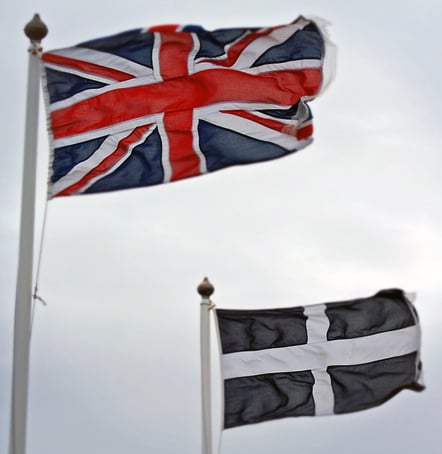
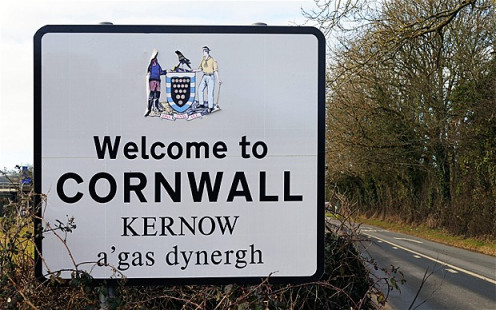
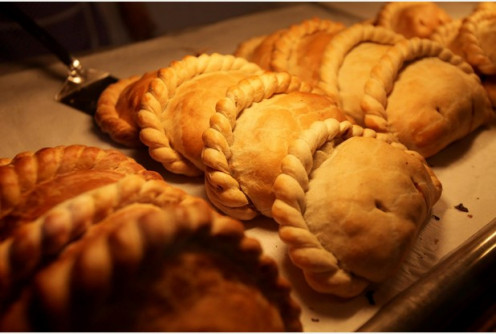
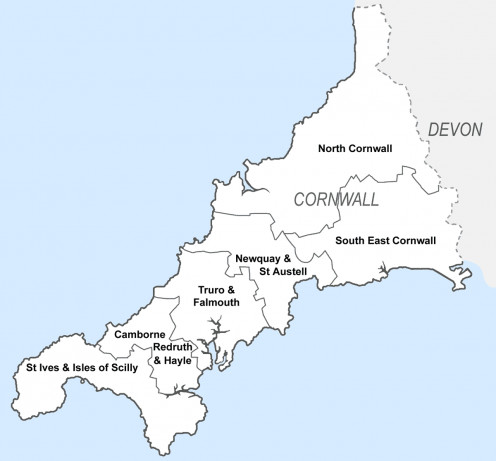
Cornwall Today
Cornish ancestry is descended from the Cornovii Celts, of the Dumnonia kingdom, making them distinct from the English, who are many, but not all of whom are descended from the Anglo-Saxons who migrated to Great Britain.
The research of Professor Bryan Sykes, professor of human genetics at Oxford University shows genetic evidence of the people of Great Britain share a common ancestry with the Basque people from Basque region by the Pyrenees (today, Spain).
The arrival of the Celts from the Iberian Peninsula (Spain and Portugal) are the origin of Britain's and Ireland's Celtic tribes.
Another study of the Cornish by Sir Walter Bodmer showed that the Cornish people have a particular varient of the Melancortin 1 receptor gene identifying them as Celts more closely related to the Welsh than the English.
The theory proposed today is that the Cornish are a relic population tracing their ancestry back to the tribes that colonized Britain after the last Ice Age ten thousand years ago.
The Cornish and Welsh are the most ancient of Britons and most genetically distinct of all the groups on mainland Briton.
A study by Peter Donnelly, professor of statistical science at Oxford University and director of the Wellcome trust centre for human genetics has confirmed the distinctiveness of the people of Cornwall. "The people of . . . Cornwall are different from the rest of the south and central England.
Colin Murley, campaigner for Cornish independence has said, "Cornwall has always been different and has always been treated differently throughout history. What we have here is proof that the Cornish are different."
Donnelly and his researchers analyzed the difference at 500,000 points in the DNA of 2,000 Cornish people. Only people in rural areas were included and had to have all four grandparents born in the same area.
The University of Exeter, in 2008, conducted a study in sixteen towns across Cornwall and found that 59% felt themselves Cornish and 41% felt "more Cornish than English." Over one-third of respondents believed the Cornish identity formed their primary national identity.
Genealogy and family history were considered to be the chief criteria for "being" Cornish while being born in Cornwall was also held as important.
In their 2010 study Exeter again conducted its study among the farming community because they believed they were the professional group to best represent Cornishness. All the participants in this study categorized themselves a Cornish and identified Cornish as their primary ethnic group orientation. Those in the west of Cornwall described themselves as Cornish and British/Celtic. Those in east Cornwall described themselves as Cornish and English.
The study found that ancestry was seen as the most important criterion for being categorized as Cornish above place of birth or growing up in Cornwall.
Since 2006, school children in Cornwall have been able to record themselves as ethnically Cornish on annual schools census (PLASC)
However in 1974, Cornwall, by the Local Government Act of 1972, became a non-metropolitan county which included it under the heading of England.
Cornwall currently is part of the political unit "England and Wales" but many of the Cornish natives advocate devolution or independence for Cornwall.
Stephen Leslie conducted a study of the Cornish people in March 2015 and confirmed that the Cornish people are distinct from the the people living in the nearby English county of Devon.
Professor Simon Myers of Oxford University has found in his study that the distinguishing factors between the Cornish and the English was the level of Anglo-Saxon DNA in the east of England. He found the Anglo-Saxon DNA contributions were between 10-40% in the east, while in Cornwall they were half that level.
Geographic and historical factors distinguished the Cornish as an ethnic group. Since the 20th century Cornish and Celtic associations have advanced the notion of a distinct Cornish national and ethnic identity.
The Cornish language was granted official recognition under the European Charter for Regional or Minority Languages in 2002. And in 2014, the Cornish people were recognized and afforded protection by the UK government under the Framework Convention for the Protection of National Minorities.
- The Cornish are afforded the same protections as the Welsh, Scottish, and Irish languages.
- The government departments and public bodies will be required to take Cornwall's views into account when making decisions.
- It ensures that the rights of national minorities are respected by combating discrimination, promoting equality and preserving and developing the culture and identity of national minorities.
- The status does not attract extra money.
The Cornish self-government movement has called for greater recognition of Cornish culture, politics, and language and urged that the Cornish people to be accorded greater status by putting Cornish as one of the listed ethnic groups in the UK census, the most recent being the 2011 form.
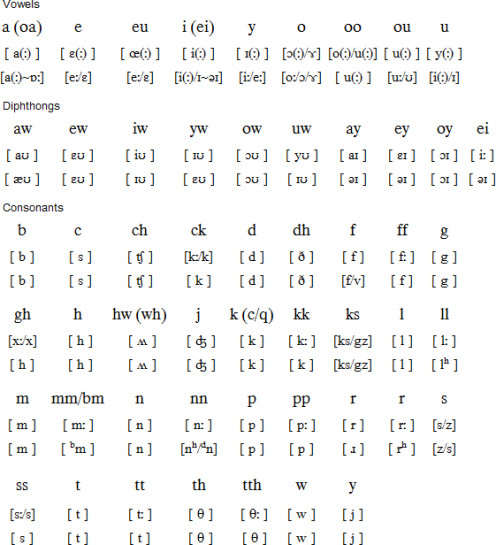
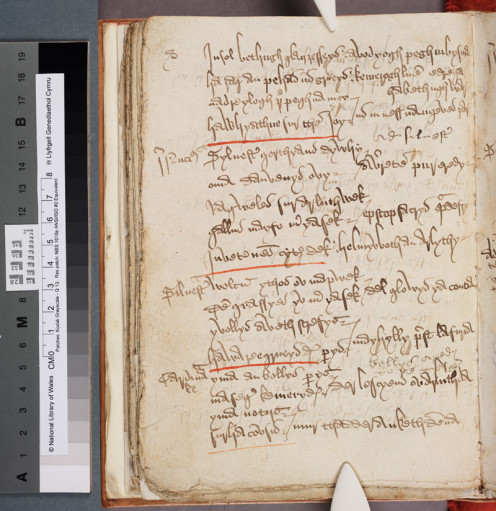
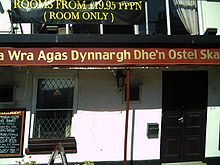
The Cornish Language
Today, the Cornish language, or Kernewek, is spoken in Cornwall by about 300 fluent speakers and many more have some knowledge of the language.
The Cornish Language Partnership is the official body for promotion and development for reviving Kernewk in Cornwall.
By the end of the 19th century, Cornish disappeared from everyday use and the last native Cornish speaker was probably John Davey of Zenner who died 1891. From this point the Cornish language became nearly extinct.
However, Henry James (1848-1934) was the first person to revive the Cornish language. In 1904 he published his Handbook of the Cornish Language, an introductory textbook.
Jenner's work was continued by Robert Morton Nance (1873-1959). He published his work in his book, Cornish for All which advocated his Unified Cornish (Kernewek Unys).
By the 1980"s there were an increasing number of Cornish who became interested in learning the Cornish language. In 1984, Professor Glanville Price published is book, The Languages of Britain, and in his book severely criticized Unified Cornish.
Celtic scholars and linguists decided to adopt a new form of Cornish devised by Dr. Ken George. His system is called Common Cornish (Kernewek Kemmyn)
Over the years, scholars have updated Cornish by promoting versions of the language known as Modern Cornish.
The Cornish Language Council was set up in 1986 to promote Modern Cornish and encourage the study of Cornish. Modern Cornish is the most popular form spoken today.
Today, some Cornish families are bringing up their children with Cornish as their first language. The Cornish language is presently taught in some schools in Cornwall and at the University of Exeter.
There are a number of magazines that are written in Cornish. BBC Radio Cornwall have regular news broadcasts in Cornish. Several local newspapers print articles in Cornish.
In 2010, the bilingual Cornish/English creche or Skol dy' Sadforn Kernewek, (a Cornish Saturday School) was set up for children and their parents to learn Cornish.
Children between the ages of two to five are in an immersed Cornish class in one room and parents learn Cornish in another room.
Therefore, the Cornish language lives again!
The Question
Well, I have come full circle on this subject, and I have learned that the Cornish people have a fierce pride and passionate attachment to their homeland.
So, is Cornwall located in England and are the Cornish people Cornish or English? I have to say the answer to this question is whatever the Cornish people say it is.
Sources:
www.telegraph.co.uk/science-news
www.cornishguardian.co.uk/DNA-shows-Cornish-purest-Britons
members.iinetnet.au
www.bbc.co.uk
www.khazaria.com
www.omniglot.com/writiing/cornish.htm
The Story of the Cornish Language. printed in Cornwall by H.E. Warne Ltd., St. Austell for the publishers Lar Mark Press




